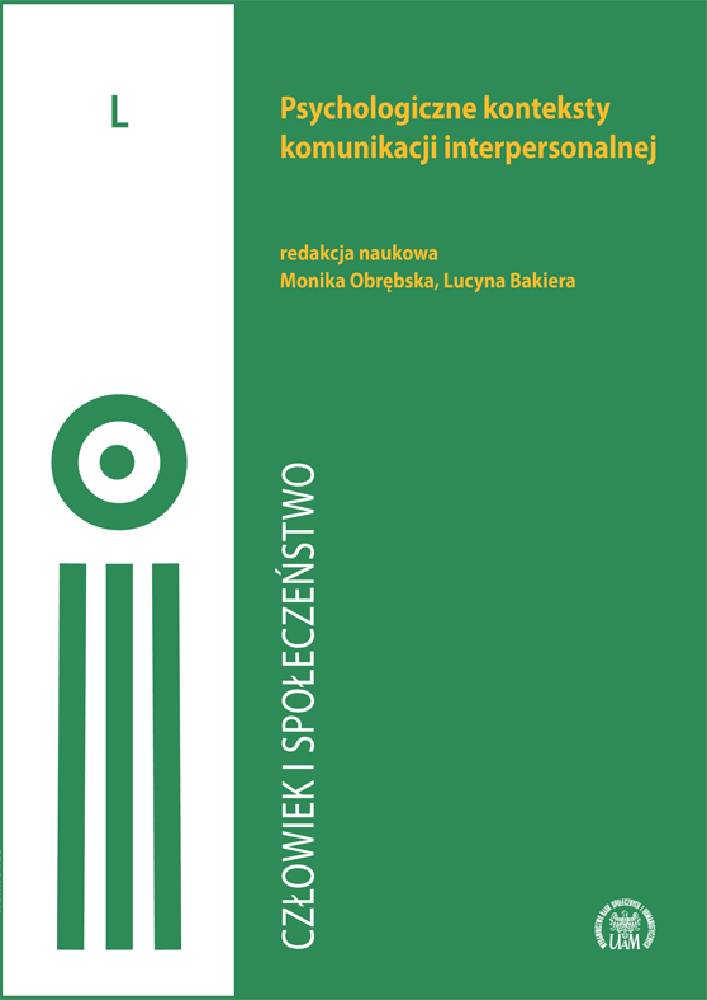Abstrakt
Speech production is complex and high organized process. It starts with some intention, which in following steps is transformed into articulated and audible form. Sometimes speech production fails and results in a speech error (or a slip of the tongue), which changes meaning of the utterance and disturbs the process of the realization of intention. However, speech monitoring helps to detect and repair the error with respect to the original intention of the speaker. Thus the speaking appears as a way of the realization of intention and the intention plays integrational function in relation to the process of speaking. According to Frydrychowicz (1999), the process of the realization of intention can be divided into several phases, distinguished by psychophysical features of speaking. He found that voice intensity is highest when the speaker is close to fully realizing the intention. The aim of the current study is to examine this voice intensity effect in relation to speech error repairs as speaking units which re-establish the process of the realization of intention. The question is, how
these corrections of the course of speech are reflected in the voice intensity? The results obtained from errors and repairs induced in the dual task paradigm show that voice intensity rises when the speaker makes a self-repair by speaking a correct word.
Bibliografia
Boersma, P., Weenink, D. (2001). Praat, a system for doing phonetics by computer. Glot International, 5(9/10), 341–347.
Frydrychowicz, S. (1999). Proces mówienia. Wybrane psychologiczne aspekty na przykładzie interpretacji zdania niejednoznacznego. Poznań: Wydawnictwo Naukowe UAM.
Garrett, M.F. (1980). Levels of processing in sentence production. W: B. Butterworth (red.), Language production: Volume 1 Speech and talk (s. 177–220). London: Academic Press.
Harley, T.A. (2001). The Psychology of Language. From Data to Theory. New York: Psychology Press.
Hartsuiker, R.J., Kolk, H.H.J. (2001). Error monitoring in speech production: A computational test of the perceptual loop theory. Cognitive Psychology, 42(2), 113–157.
Kurcz, I. (2005). Psychologia języka i komunikacji. Warszawa: Wydawnictwo Naukowe Scholar.
Levelt, W.J.M. (1983). Monitoring and self-repair in speech. Cognition, 14, 41–104.
Levelt, W.J.M. (1989). Speaking. From intention to articulation. Cambrige, MA: The MIT Press.
Levelt, W.J.M (1993). Lexical access in speech production. W: E. Reuland, W. Abraham (red.), Knowledge and Language: Volume I From Orwell’s Problem to Plato’s Problem (s. 241–251). Dordrecht: Kluwer.
Levelt, W.J.M. (1999). Models of word production. Trends in Cognitive Sciences, 3, 223–232.
Levelt, W.J.M. (2001). Spoken word production: A theory of lexical access. Proceedings of the National Academy of Sciences, 98, 13464–13513.
Levelt, W.J.M., Roelofs, A., Meyer, A.S. (1999). A theory of lexical access in speech production. Behavioral and Brain Sciences, 22(1), 1–38.
Lloyd-Jones, T.J., Nettlemill, M. (2007). Sources of error in picture naming under time pressure. Memory & Cognition, 35(4), 816–836.
Nooteboom, S. (1980). Speaking and unspeaking: Detection and correction of phonological and lexical errors of speech. W: V. Fromkin (red.), Errors in Linguistic Performance: Slips of the Tongue, Ear, Pen, and Hand (s. 87–96). New York: Academic Press.
Piotrowski, K.T, Stettner, Z., Wierzchoń, M., Balas, R., Bielecki, M. (2009). Eksperymentalne techniki badania pamięci roboczej. W: J. Orzechowski, K.T. Piotrowski, R. Balas, Z. Stettner (red.), Pamięć robocza. Warszawa: SWPS Academica.
Polański, K. (red.). (2003). Encyklopedia językoznawstwa ogólnego. Wrocław: Zakład Narodowy im. Ossolińskich – Wydawnictwo.
Puppel, S.A. (2001). A concise guide to psycholinguistics. Poznań: Wydawnictwo Poznańskie.
Söderpalm Talo, E. (1980). Slips of the tongue in normal and pathological speech. W: V. Fromkin (red.), Errors in Linguistic Performance: Slips of the Tongue, Ear, Pen, and Hand (s. 81–86). New York: Academic Press.
Vigliocco, G., Hartsuiker, R.J. (2005). Maximal input and feedback in production and comprehension. W: A. Cutler (red.), Twenty-First Century Psycholinguistics: Four Cornerstones (s. 209–228). Mahwah, NJ: Lawrence Erlbaum Associates.
Licencja
1. W momencie złożenia pracy celem rozpoczęcia postępowania w sprawie publikacji, Licencjodawca, zwany dalej Autorem, akceptuje wszystkie zasady umieszczone na stronie internetowej czasopisma “Człowiek i Społeczeństwo”, udzielając Licencjobiorcy, zwanego dalej Wydawcą, niewyłącznej i nieodpłatnej licencji na korzystanie z Utworu. Licencja zakłada tym samym brak ograniczeń terytorialnych, czasowych oraz ilościowych na następujących polach eksploatacji (art. 50 ustawy z dnia 4 lutego 1994 r. o prawie autorskim i prawach pokrewnych):
a. utrwalanie Utworu;
b. zwielokrotnienie Utworu drukiem i w wersji cyfrowej;
c. wprowadzenie do obrotu, użyczenie lub najem oryginału/zwielokrotnionych egzemplarzy Utworu;
d. publiczne wykonanie, wystawienie, wyświetlenie, odtworzenie oraz nadawanie i reemitowanie, a także publiczne udostępnianie Utworu w taki sposób, aby każdy mógł mieć do niego dostęp w miejscu i w czasie przez siebie wybranym;
e. włączenie Utworu w skład utworu zbiorowego;
f. wprowadzenie Utworu w postaci elektronicznej na platformy elektroniczne lub inne wprowadzenie Utworu w postaci elektronicznej do Internetu, Intranetu, Extranetu lub innej sieci;
g. rozpowszechnianie Utworu w wersji elektronicznej w Internecie, Intranecie, Extranecie lub innej sieci, w pracy zbiorowej, a także samodzielnie w formule Open Access w oparciu o licencję Creative Commons Uznanie autorstwa 4.0 Międzynarodowa Licencja Publiczna (CC BY 4.0), a także inną wersję językową tej licencji, lub którąkolwiek późniejszą wersję tej licencji.
2. Założenia licencji Creative Commons Uznanie autorstwa 4.0 Międzynarodowa Licencja Publiczna (CC BY 4.0), udzielają Wydawcy upoważnienia do kopiowania, zmieniania, rozprowadzania, przedstawiania i wykonywania Utworu jedynie pod warunkiem uznania autorstwa.
3. Wraz z dostarczeniem Utworu, Autor zobowiązuje się do wypełnienia, podpisania oraz odesłania skanu umowy

